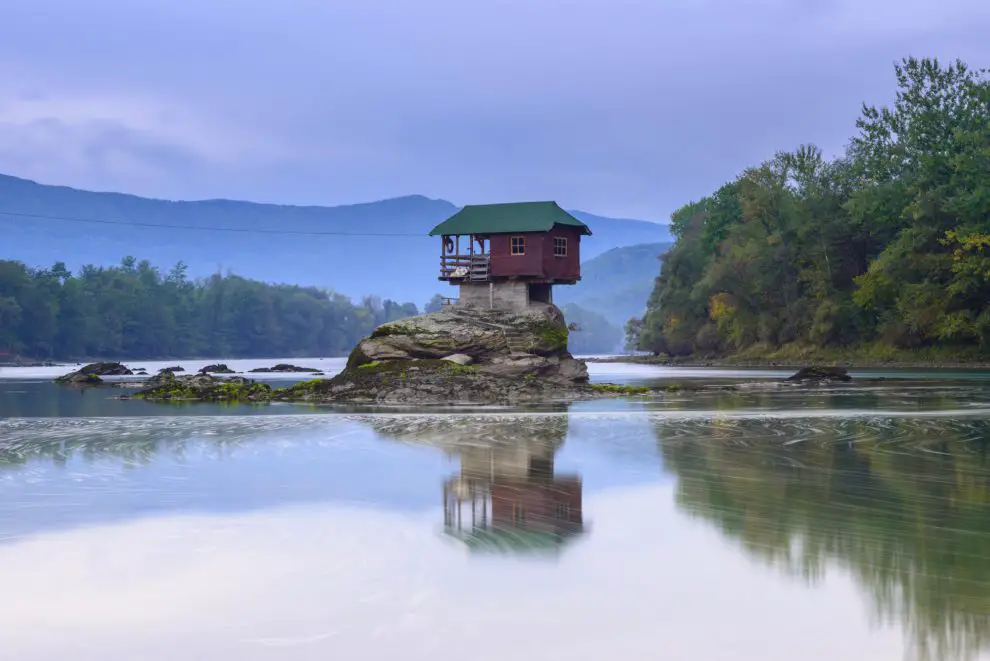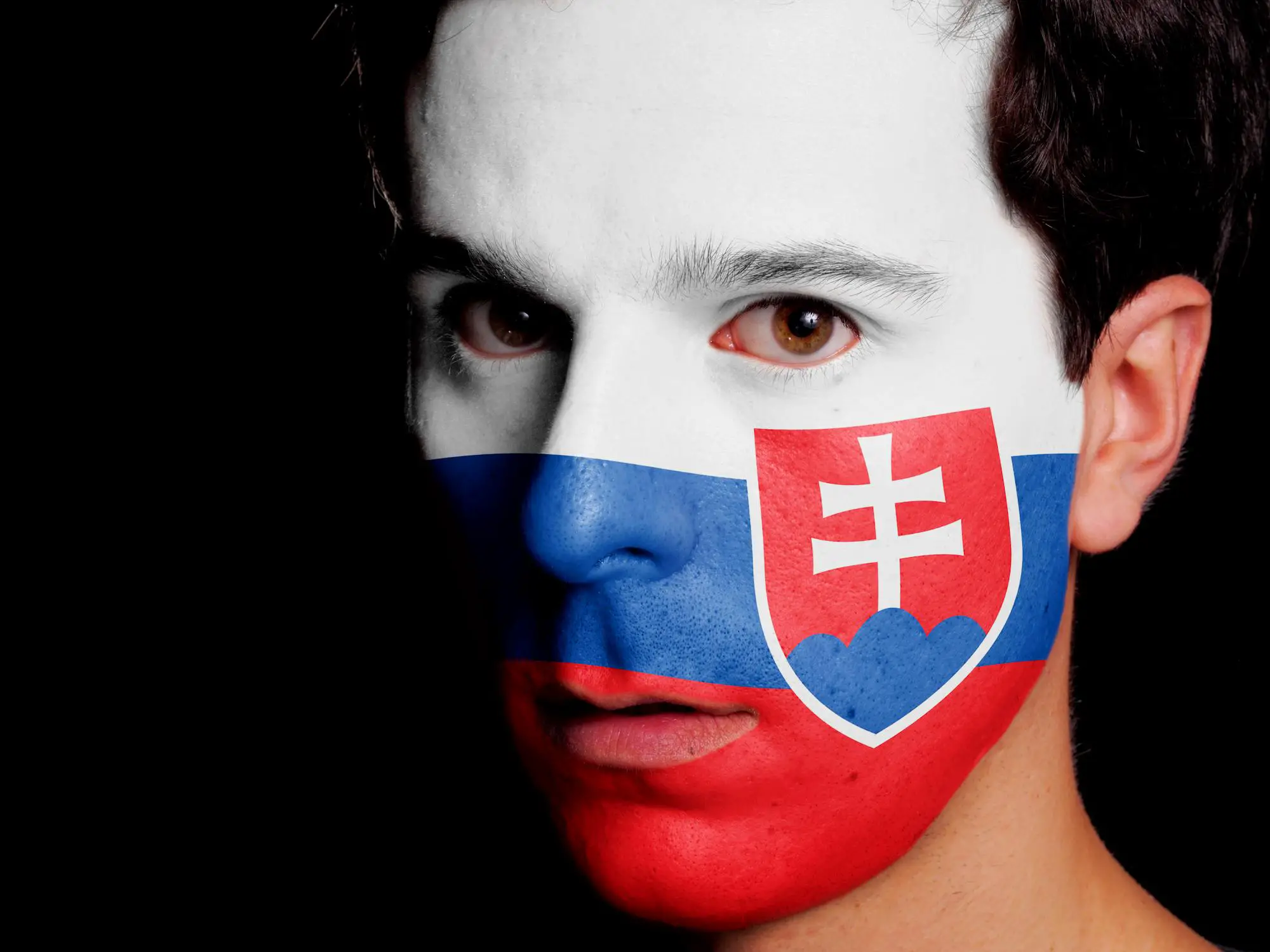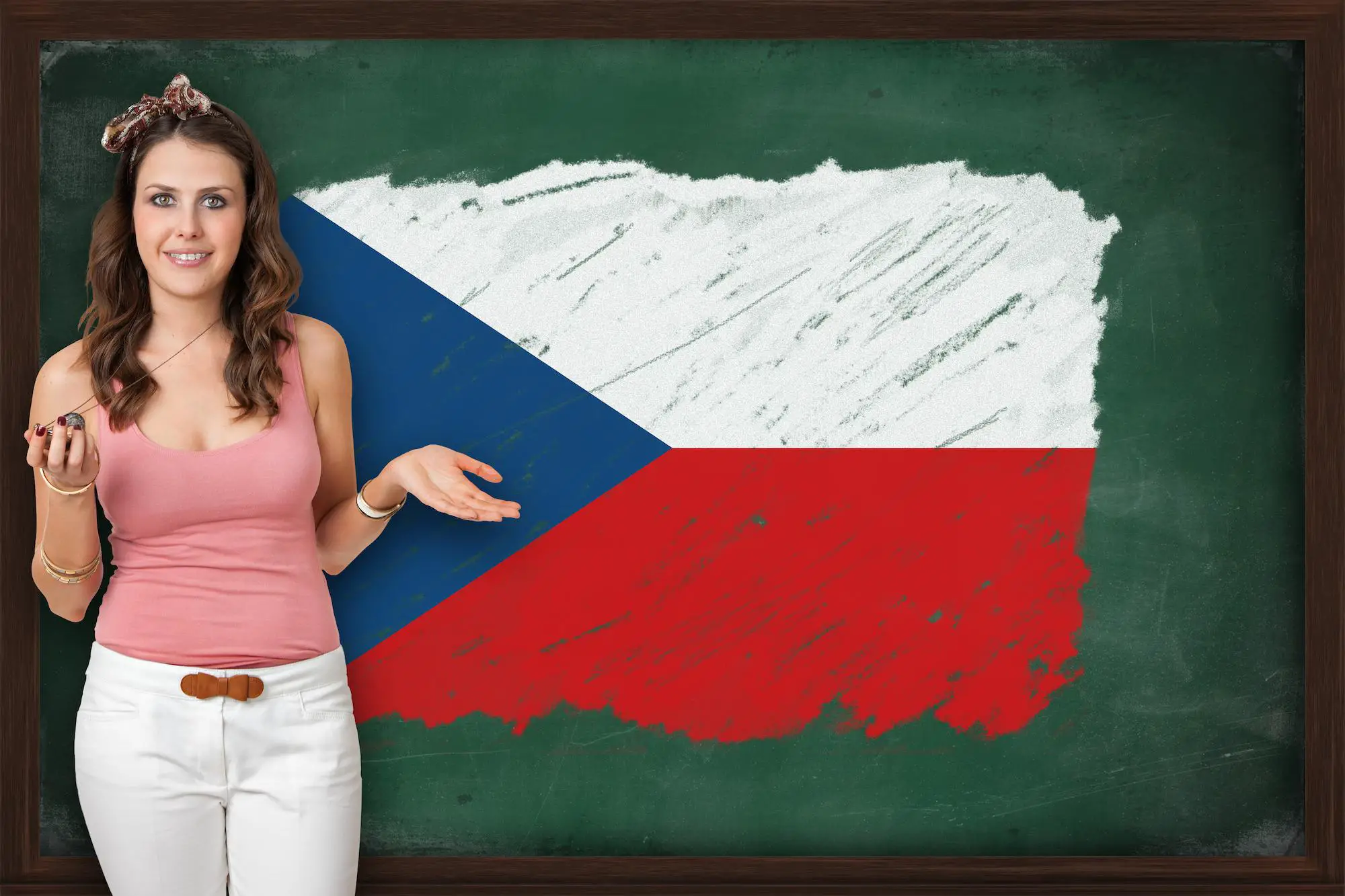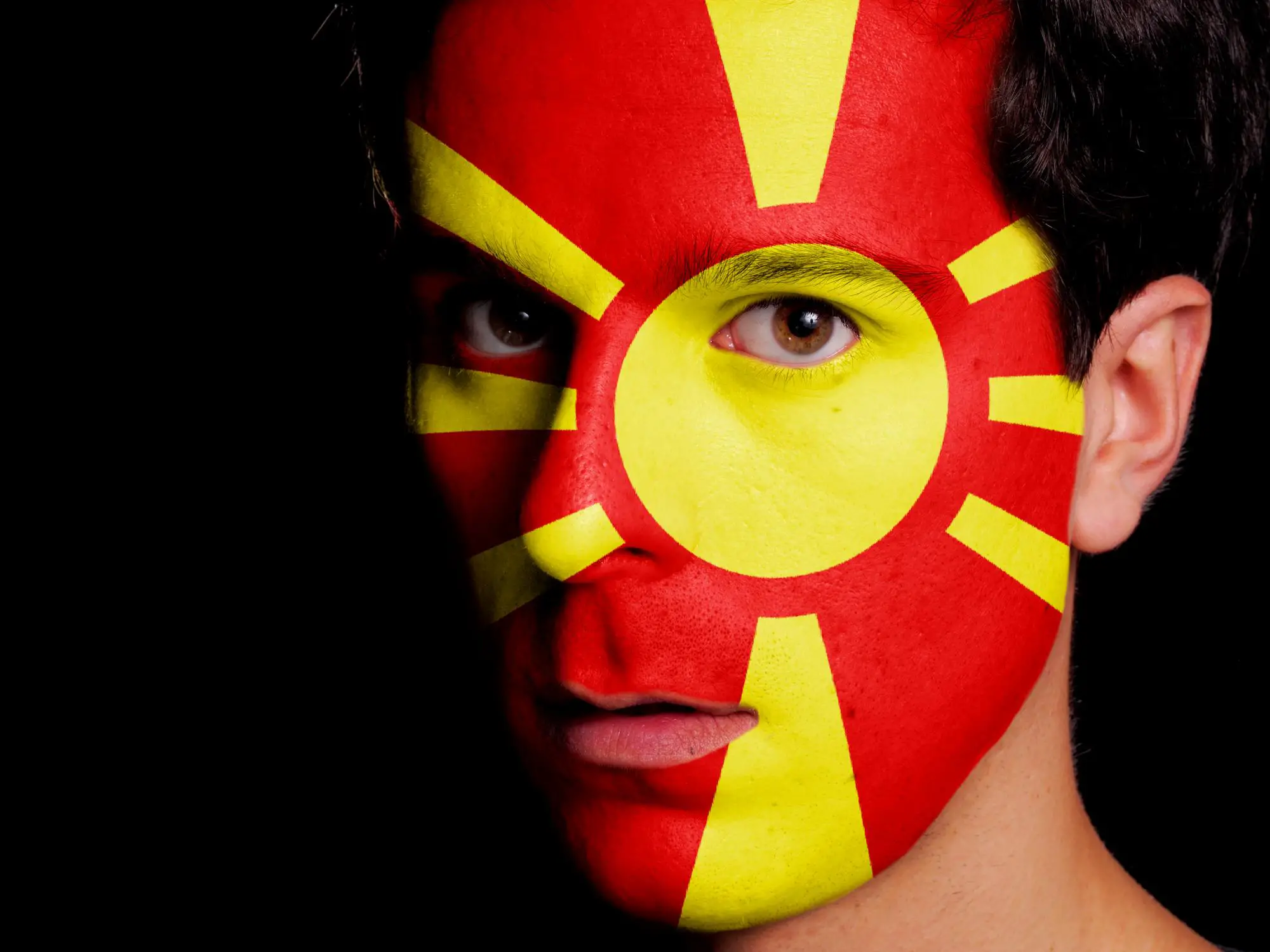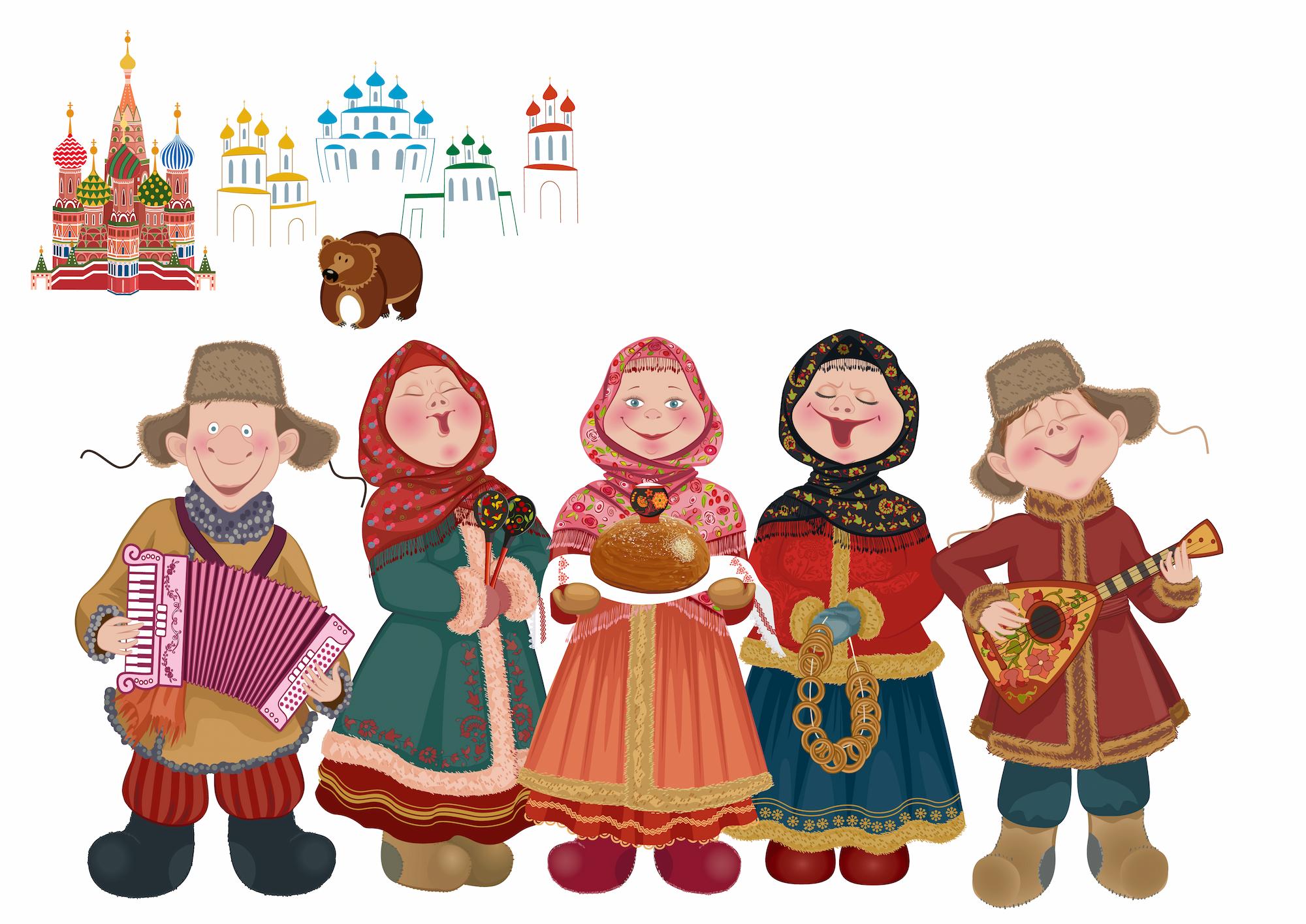Do the words ‘ajvar’, ‘rakija’, ‘sarma’, ‘Kalemegdan’, or ‘the skull tower’ mean anything to you? Did you ever eat burek and debate whether it can be with cheese or it’s meat only? If you have no idea what we’re talking about, you’ve probably never been to the heart of the Balkans: Serbia.
This whole country is a historical monument, where the West shakes hands with the East. Serbia lies on the ruins of the Roman Empire, the Ottoman Empire, the Austro-Hungarian Empire, and Yugoslavia: the socialist project whose architectural leftovers are still visible in almost every city.
Besides the trip down the history lane and fun and lively cities, Serbia also has breath-taking nature. Rtanj mountain, Uvac river meanders, or Krupaj spring are just a drop in the ocean of amazing localities to visit in this country.
Planning a trip to Serbia? Excellent idea! Here’s a brief list of what to do in Serbia, where to go, and what to eat.
Table of Contents
Things to See in Serbia
1. Belgrade
Is there a better place to begin your journey than in the majestic capital of Serbia, Belgrade, or as the Celtics named it before Christ (literally) – Singidunum?
Here are just some of the things the capital city of Serbia is famous for:
- Amazing food;
- Hospitality;
- Cultural and historical attractions;
- Top-notch nightlife.
Belgrade is one of the oldest cities in Europe encompassing both Western and Oriental cultural influences. This exotic city is also called “the city that never sleeps”, and there’s a good reason why: whether it’s May, August, or December, Monday, Wednesday, or Saturday, there’s always something to do in Belgrade!
Take a walk down the Knez Mihailova street, visit the Belgrade fortress, go dancing in the nightclubs on the river, swim in Ada Ciganlija lake, or take a walk by the city hall. Belgrade is by far one of the most interesting places to be in Serbia, so make sure you have at least two or three days to take a look around.
2. Exit Festival: Novi Sad
Since 2000, the capital of northern Serbia, Novi Sad, is the host city of one of the best music festivals in Europe. Every mid-July, tens of thousands of visitors from across the globe gather at the Novi Sad fortress – Petrovaradin to celebrate music and life!
Exist festival is the time when most tourists come to visit Serbia, and not only Novi Sad but also Belgrade, which is only 100km away.
During the day, when you’re not at the festival, you can take a swim at Strand – the city beach on the Danube or visit the catacombs below the Petrovaradin fortress. Although many tourists visit the Petrovaradin fortress, they rarely know about the maze-like military galleries that create four-story, 16km long underground passageways.
Novi Sad was proclaimed the European Capital of Culture for 2021, which opened the door for its further development. While you’re here make sure to visit Dunavski park, Roman Catholic Church on the main square, as well as the Novi Sad synagogue.
3. Fruska Gora
If you’re in Novi Sad, national park Fruska Gora is very near and worth paying a visit. You can even take a bike and in an hour or so, you’ll find yourself in the country’s oldest national park. From there, you can go bike riding along the Danube Cycling Route, discover World War II monuments, enjoy the forest rich with endemic plant and animal species, go horseriding, visit some of the 17 monasteries, or go wine tasting.
4. Sremski Karlovci
While you’re road tripping through Vojvodina, schedule a stop to the miniature, yet historical, city of Sremski Karlovci.
5. Golubac Fortress
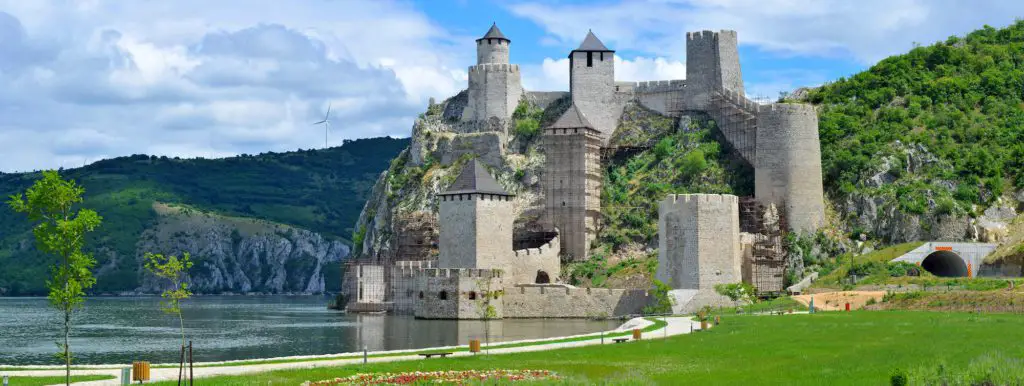
Crazy about Medieval architecture? Golubac fortress is one of the best-preserved medieval fortresses in the whole of Europe. It was built in the 14th century on the Danube riverbank and has survived quite a few wars and battles unaffected. However, modern technology has taken its toll on Golubac fortress: a hydroelectric dam on the Danube caused flooding in the mid 20th century which partially destroyed its walls. Luckily, in 2005 the state restored this majestic site which is now loaded with curious tourists!
6. Krupaj Spring
Legend says that the fairytale-like oasis you can currently visit is just one small part of the dazzling Krupaj Spring. The story says that a large amount of gold disappeared within the Homolje Mountains, which then hit the Golden Cave beneath the spring where the aquatic spirit of Tartor was guarding it. Since then, whenever the “devil’s day” comes, Tartor plays the drums for celebration. Locals believe that only on that day the cave opens and women who want to gain power, bathe in the river during the night, and meet Tartor.
Besides being the source of myths and legends, this majestic spring is also an eco-oasis. Water is super clean and turquoise-colored, surrounded by plants, and a picturesque cave rising above the spring.
7. St. George’s Church
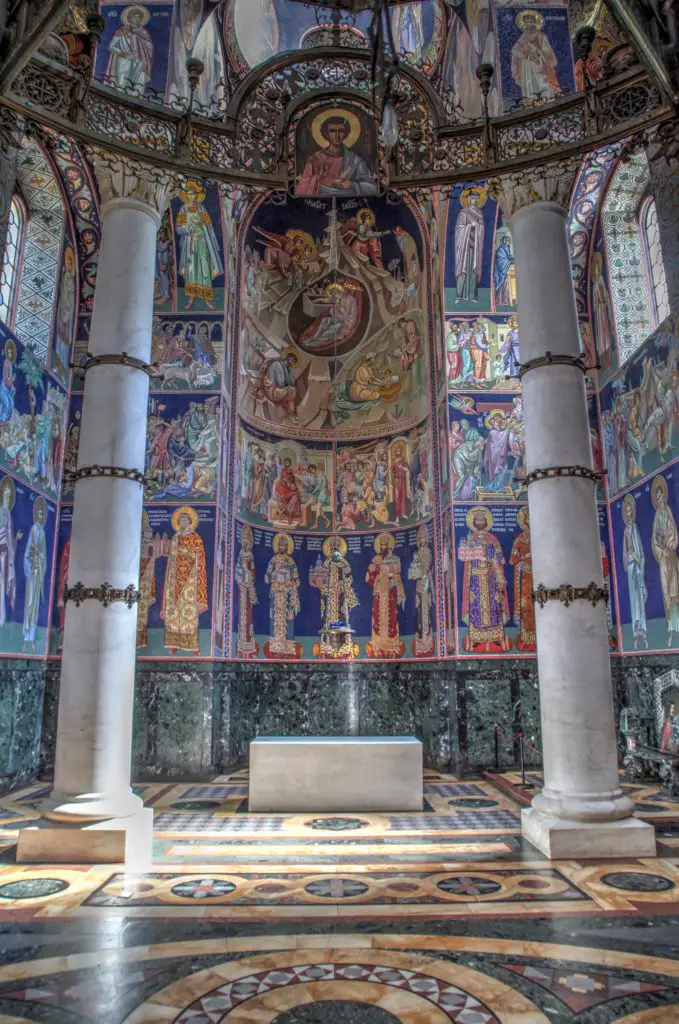
If you’re an art history lover, you’ll definitely want to visit the interior of this church. St. Geroge’s church is located in the heart of the country: the city of Topola (Serbian word for Poplar). It was built by King Peter I of Serbia, and it’s both a church and a mausoleum of the royal Karadjordjevic dynasty. He wanted to carve the names of all Balkan soldiers who died in the Balkan wars, but he died before the church was complete, and World War I was about to take more people’s lives.
The interior of St. George’s Church is covered with breath-taking, detailed mosaics, representing a majestic piece of 19th-century art. Right next to the church is King Peter’s house and royal vineyards and winery, so you might as well taste some amazing wine from the Sumadija region [1]!
8. Rajac Cemetery
While you’re in the hilly Sumadija, make sure to take a hike over the Suvobor Mountain, and its particularly important part Rajac. The village of Rajac is home to some 500 people and represents a typical Balkan settlement – except for one thing. The strange and mysterious graveyard with stone structures used to make and store this region’s delicious wine.
The tombstones on this cemetery have very interesting design: they’re meticulously carved with Christian and Pagan symbols such as swastika or kolovrat. Most tombstones date back to the 19th century, but the villagers claim that there are still some from the 14th.
9. Kadinjaca Memorial Complex
If you’re headed west, to visit the beautiful Zlatibor mountain, you might want to make a stop and visit the grand Yugoslav memorial to the partisans who died while resisting the Nazi occupation of Serbia.
In November 1941, German troops were headed towards the Uzice region, but a group of Partisan Worker’s Battalion dramatically slowed them down. This group of men sacrificed their lives at Kadinjaca Mountain to buy time to evacuate the city of Uzice, as the far superior Nazi force would reach it anyway.
Ten years later a white stone obelisk marked the spot of the battle, and later, the Yugoslavian communist party erected this amazing monument without replacing the original obelisk – it remained in the middle of the stone complex.
10. Uvac River Canyon
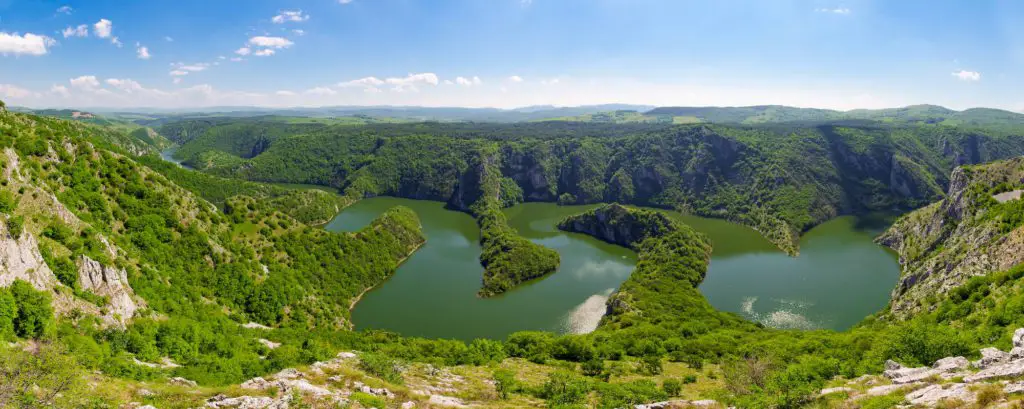
If you enjoy dramatic and fairytale-like nature, you need to see the Uvac river canyon. More than a 100 kilometers long, this river carves a deep valley through mountains and meadows. Its meanders are part of the Uvac Special Nature Reserve, which is home to many notable bird and fish species.
If you’re up for an adventure, you can take a boat tour with authorized guides, via the local tourist bureau.
11. Rtanj Mountain
If you like hiking and visiting exotic, mystical areas, Rtanj mountain is the place to go. It’s located in Eastern Serbia, and the mountain itself is shaped like a pyramid. Its highest peak is called “Siljak” as in “jag” or “nib”. When you get up there, you’ll see why: it’s pointy and fits only a couple of people!
The legend says that Rtanj mountain, its air, and plants, have healing powers, due to the mountain’s unusual shape.
12. Vratna Gates
If you’d like to pay a short visit to some of Serbia’s miracles of nature, then you need to see this place: the Vratna Gates are the biggest natural stone bridges in Europe! They form a tunnel through which the Vratna River used to flow. While you’re there, you can also visit the nearby Vratna monastery, a 14th century Serbian Orthodox monastery.
13. Skull Tower
In our opinion, following the leftovers of the Ottoman Empire is one of the most interesting things to do in Serbia. If you find yourself taking a stroll around the city of Nish, pay a visit to this historical monument. In 1809, during the First Serbian Uprising against the Ottomans, the Turkish army outnumbered the rebellions. In an act of desperation, Stevan Sindjelic, the leader of the uprising, fired a shot into a keg full of gunpowder. The keg blew up his army together with the enemy soldiers.
This angered the Turkish commander Hurshid Pasha so he decided to teach Serbs a lesson. He pealed the skin of their decapitated heads and used 952 skulls to build a tower at the entrance of the city, as a warning to the local Serbs. Families of some of the deceased took their skulls from towers, so today there’s around 58 of them left.
14. Tabula Traiana
Interested in ancient history? Is there a better place to visit than the commemoration plaque marking the Roman Empire’s military crossroads? Roman emperor Trajan constructed this road to supply his troops in Dacia. His engineers carved the road almost vertically into the cliffs, and the inscription says:
“Emperor Nerva son of the divine Nerva, Nerva Trajan, the Augustus, Germanicus, Pontifex Maximus, invested for the fourth time as Tribune, Father of the Fatherland, Consul for the third time, excavating mountain rocks and using wood beams has made this road.”
15. Lepenski Vir
Have you ever watched The Flinstones? Because Fred and his family might have lived right here, in Serbia. Lepenski Vir is a Mesolithic era archeological site representing the Stone Age urban planning! At Lepenski Vir you can see more than 136 remains of houses where Cro Magnions lived. If you’re there, pay attention to the floor plan visible in all uncovered buildings: unlike anything we’ve built in the later centuries, these floor plans are based on elaborate geometry, using equilateral triangle lattice and circle sections, indicating that this hunter-gatherer tribe knew much more about geometry than we think.
The culture of the Lepenski Vir is also rich with intriguing sculptural art, mostly representing human heads carved in sandstone cobbles.
16. Devil’s Town
While you’re in the southern part of the country, consider visiting one of Serbia’s natural wonders: Devil’s town.
These tall stone formations were nominated for one of the Seven wonders of nature, and the legend says that is actually a bunch of petrified wedding guests.
Still, wondering what to see in Serbia? Head south to mount Radan and check out this unbelievable creation of nature, its springs of acid waters, amazing viewpoints, and hear centuries-old legends [2].
17. Tara National Park
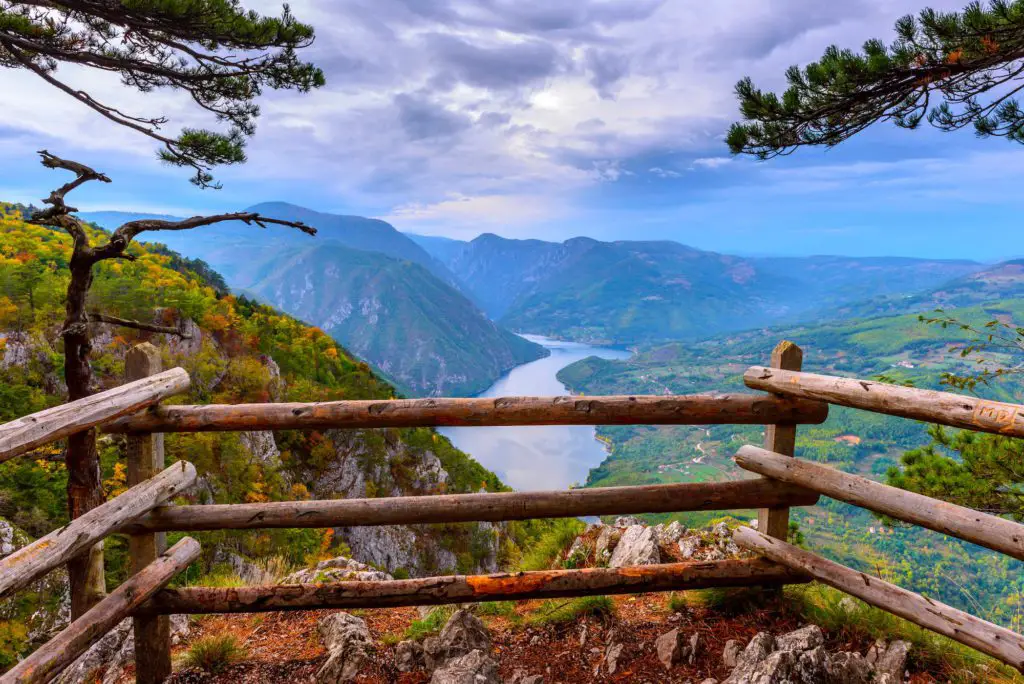
Hiking and visiting breath-taking landscapes surely is one of the things to do in Serbia. Founded in 1981, Tara national park is home to both endemic and endangered plant and animal species. It has more than 30 hiking trails and peaks between 1000m and 2000m altitude.
Besides hiking and searching for amazing viewpoints, Tara mountain offers some adventurous fun as well. You can visit the protected area Crveni Potok and Tepih livada, ride a trail bike, rent an inflatable kayak, or take educational walking tours and learn more about plant and animal inhabitants of the park.
18. Drina River House
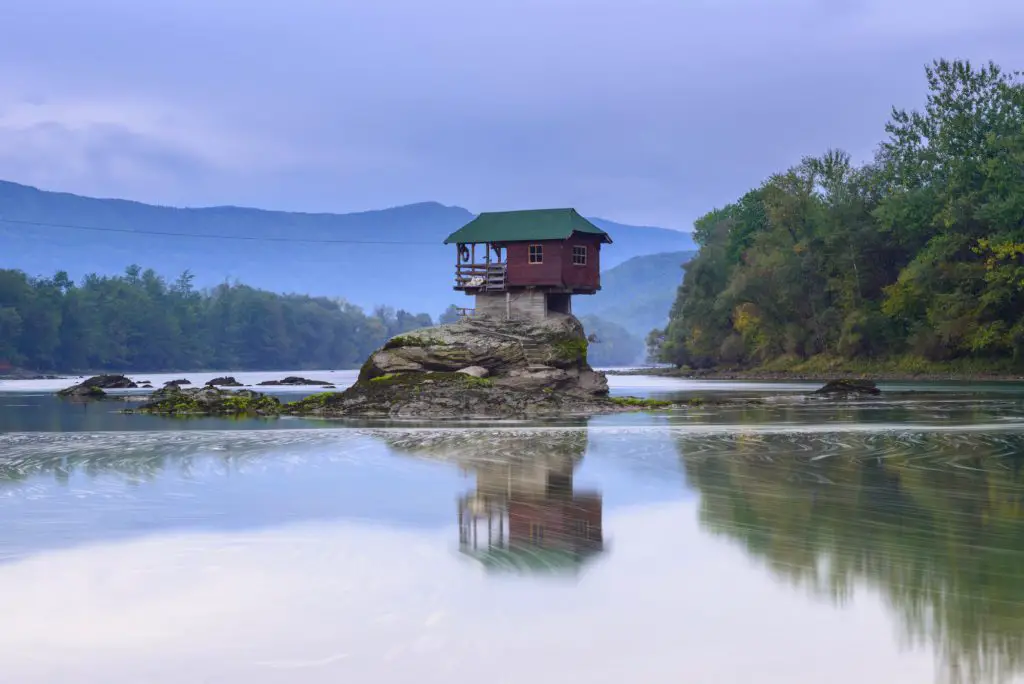
Nearby Tara national park, just outside the town of Bajina Basta, there’s a 40-year-old wooden house at the narrow of the Drina River. It stands there as a symbol of a lonesome retreat. The story says that a group of young people built it there in the late 1960s, and since then it has served as a holiday respite for its creators.
19. Maglic
Nearby the city of Kraljevo firmly stands the 13. century medieval castle – Maglic. It’s on a hilltop nearby the Ibar river. The name comes from the Serbian word for fog (magla) because the hill beneath the castle often becomes invisible in the mist.
There are several legends about the castle’s history. Some say it was designed to safeguard the two nearby monasteries (Sopocani and Studenica) and to prevent Mongolian raids. Others say that the Serbian despotess known as “The Damned Jerina” built these castles and threw her lovers in a well inside its walls. Another legend says that Uros the Great planted a lilac flower valley by Ibar, below the castle for his French wife Helen of Anjou.







